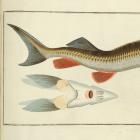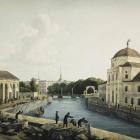Ismaning Reservoir
Ismaning Reservoir: A Wastewater Lake changes its Feathers? At the Ismaning Reservoir, approximately an hour by bike northeast of Marienplatz, the interplay between humans and nature is evident. It is not possible to swim in the lake. But it does more than just store water for Munich’s power generation facilities. It also provides a habitat for many species.

























